Home>Furniture & Design>Interior Design Trends>How To Date Uranium Glass
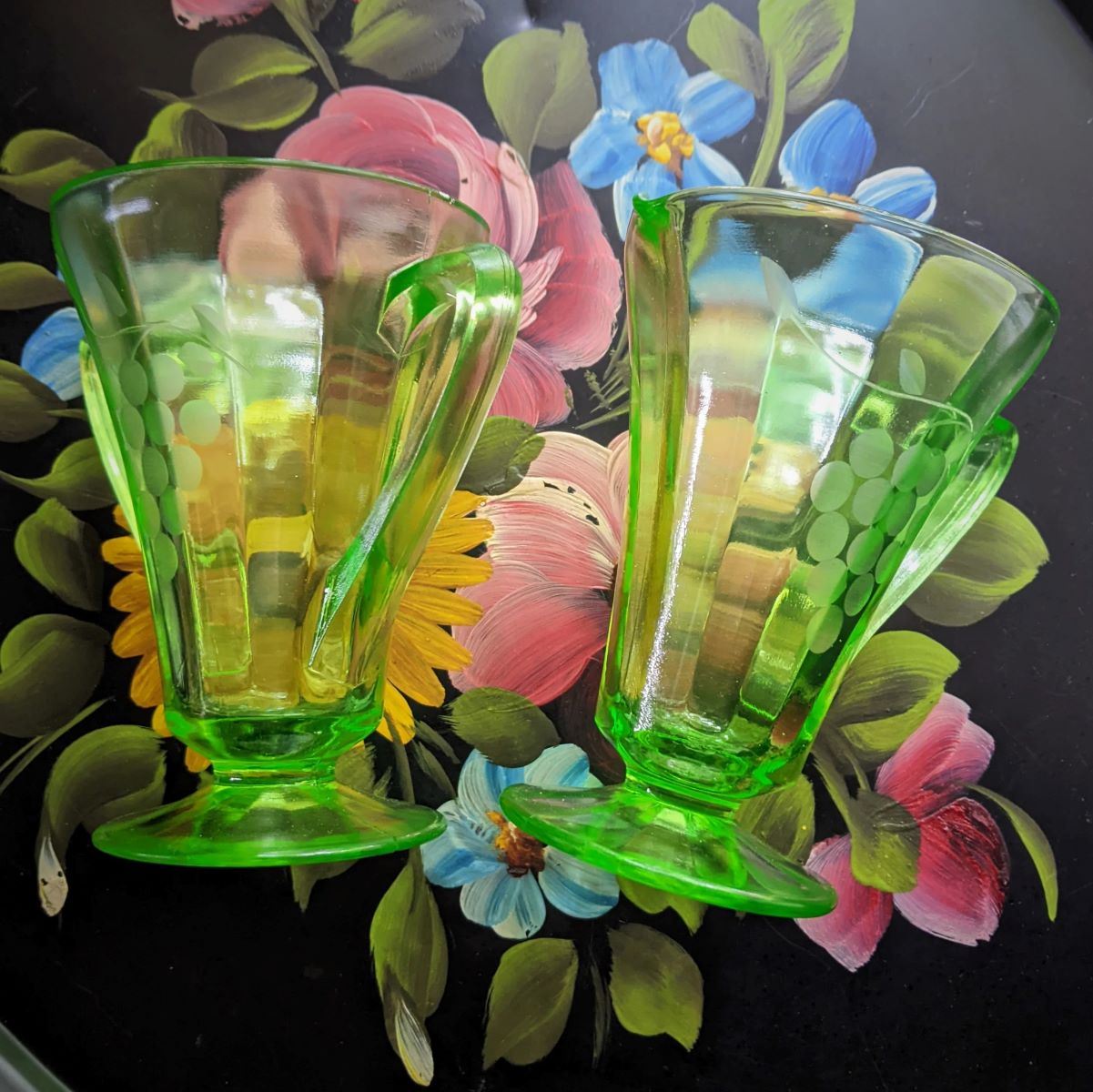

Interior Design Trends
How To Date Uranium Glass
Modified: April 22, 2024
Discover the latest interior design trends with our guide on how to date uranium glass. Explore the unique beauty of this vintage collectible and incorporate it into your home decor.
(Many of the links in this article redirect to a specific reviewed product. Your purchase of these products through affiliate links helps to generate commission for Storables.com, at no extra cost. Learn more)
Introduction
Uranium glass, also known as Vaseline glass, is a captivating and unique type of glassware that has intrigued collectors and enthusiasts for decades. Its distinct yellow or greenish glow under ultraviolet light sets it apart from other glass items, making it a fascinating and sought-after collectible. This article will delve into the world of uranium glass, providing valuable insights into its history, identification, safety considerations, and where to find these remarkable pieces.
Uranium glass has a rich and storied past, dating back to the 1830s when it was first produced in Bohemia. Its characteristic coloration, resulting from the addition of uranium dioxide to the glass mixture, has made it a beloved choice for decorative and functional items. From delicate vases and ornate tableware to intricate figurines, uranium glass has adorned homes and sparked curiosity across generations.
As we explore the nuances of uranium glass, we will uncover the methods for identifying these radiant pieces, shedding light on the distinctive features that distinguish them from conventional glassware. Additionally, we will emphasize the importance of safety precautions when handling uranium glass, ensuring that enthusiasts can appreciate its beauty while prioritizing their well-being.
Furthermore, we will guide readers on where to find uranium glass, whether through antique stores, online marketplaces, or specialized auctions. By understanding the avenues for acquiring these treasures, individuals can embark on their own quests to add these luminous pieces to their collections.
Moreover, this article will delve into the intriguing process of dating uranium glass, unraveling the techniques and historical context that enable collectors to determine the age and provenance of these radiant artifacts. By delving into the methods used to ascertain the age of uranium glass, readers will gain a deeper appreciation for the craftsmanship and artistry encapsulated within each piece.
In the subsequent sections, we will embark on an illuminating journey through the world of uranium glass, unveiling its allure and providing valuable insights for both seasoned collectors and those newly captivated by its luminous charm. Let's embark on this enlightening exploration of uranium glass, delving into its history, identification, safety considerations, acquisition, and the fascinating process of dating these radiant treasures.
Key Takeaways:
- Uranium glass, also known as Vaseline glass, is a captivating type of glassware with a unique glow under ultraviolet light, making it a sought-after collectible with a rich history dating back to the 1830s.
- Identifying uranium glass involves recognizing its distinctive glow, opalescent quality, and intricate patterns, while prioritizing safety precautions is essential when handling these radiant artifacts.
Read more: How To Store Uranium Glass
Understanding Uranium Glass
Uranium glass, also known as Vaseline glass, is a captivating and unique type of glassware that has intrigued collectors and enthusiasts for decades. Its distinct yellow or greenish glow under ultraviolet light sets it apart from other glass items, making it a fascinating and sought-after collectible. This article will delve into the world of uranium glass, providing valuable insights into its history, identification, safety considerations, and where to find these remarkable pieces.
Uranium glass has a rich and storied past, dating back to the 1830s when it was first produced in Bohemia. Its characteristic coloration, resulting from the addition of uranium dioxide to the glass mixture, has made it a beloved choice for decorative and functional items. From delicate vases and ornate tableware to intricate figurines, uranium glass has adorned homes and sparked curiosity across generations.
As we explore the nuances of uranium glass, we will uncover the methods for identifying these radiant pieces, shedding light on the distinctive features that distinguish them from conventional glassware. Additionally, we will emphasize the importance of safety precautions when handling uranium glass, ensuring that enthusiasts can appreciate its beauty while prioritizing their well-being.
Furthermore, we will guide readers on where to find uranium glass, whether through antique stores, online marketplaces, or specialized auctions. By understanding the avenues for acquiring these treasures, individuals can embark on their own quests to add these luminous pieces to their collections.
Moreover, this article will delve into the intriguing process of dating uranium glass, unraveling the techniques and historical context that enable collectors to determine the age and provenance of these radiant artifacts. By delving into the methods used to ascertain the age of uranium glass, readers will gain a deeper appreciation for the craftsmanship and artistry encapsulated within each piece.
In the subsequent sections, we will embark on an illuminating journey through the world of uranium glass, unveiling its allure and providing valuable insights for both seasoned collectors and those newly captivated by its luminous charm. Let's embark on this enlightening exploration of uranium glass, delving into its history, identification, safety considerations, acquisition, and the fascinating process of dating these radiant treasures.
Identifying Uranium Glass
Identifying uranium glass, also known as Vaseline glass, involves recognizing its distinct characteristics and properties that set it apart from conventional glassware. The defining feature of uranium glass is its vibrant yellow or greenish glow when exposed to ultraviolet light, a phenomenon attributed to the presence of uranium dioxide in the glass composition. This unique fluorescence is a key identifier for enthusiasts and collectors seeking to distinguish uranium glass from other types of glassware.
In addition to its striking fluorescence, uranium glass often exhibits a subtle opalescent or iridescent quality, adding to its allure and visual appeal. When held up to natural light, uranium glass may appear pale yellow or green, with a translucent quality that allows light to pass through, creating a captivating radiance. These visual characteristics, combined with its distinctive glow under ultraviolet light, serve as primary indicators for identifying uranium glass.
Furthermore, uranium glass pieces may feature intricate patterns, such as ribbing, hobnailing, or intricate etchings, adding to their aesthetic charm. These patterns, often found in vintage tableware, vases, and decorative items, contribute to the overall identification of uranium glass, reflecting the craftsmanship and attention to detail characteristic of these radiant pieces.
Moreover, the weight and texture of uranium glass can provide valuable clues for identification. Uranium glass tends to be heavier than standard glassware due to the presence of uranium dioxide, imparting a substantial feel to the pieces. Additionally, the texture of uranium glass may exhibit a smooth, polished surface, often with a slight translucency that enhances its luminous quality.
When examining a piece of glassware suspected to be uranium glass, collectors and enthusiasts can utilize a handheld ultraviolet light to observe its distinctive fluorescence. This simple yet effective method allows for immediate identification of uranium glass, as its characteristic glow sets it apart from other glass items.
By familiarizing oneself with these identifying features, individuals can confidently discern and appreciate the unique allure of uranium glass, adding depth and insight to their collecting endeavors.
This section provides a comprehensive overview of the key attributes and methods for identifying uranium glass, empowering enthusiasts to recognize and celebrate the captivating beauty of these radiant artifacts.
Safety Precautions
When handling uranium glass, it is essential to prioritize safety precautions to ensure the well-being of collectors and enthusiasts. Due to the presence of uranium dioxide in the glass composition, certain measures should be observed to minimize potential risks associated with prolonged exposure.
First and foremost, it is advisable to limit direct contact with uranium glass, particularly if the pieces show signs of wear or damage. While the uranium content in these glass items is generally considered to be low, minimizing skin contact can help mitigate any potential health concerns. When handling uranium glass, using gloves or a barrier such as a cloth can provide an added layer of protection.
Furthermore, it is important to avoid consuming food or beverages from uranium glassware. While the risk of uranium leaching into consumables is minimal, erring on the side of caution by reserving these items for display purposes can alleviate any concerns regarding potential exposure.
In addition, proper ventilation is crucial when storing or displaying uranium glass pieces. Ensuring adequate airflow in the display area can help disperse any minute particles that may be present, contributing to a safer environment for both collectors and visitors.
Moreover, when cleaning uranium glass, it is recommended to use gentle methods to minimize the potential release of particles or dust. Avoiding abrasive cleaning tools and opting for soft, lint-free cloths can help maintain the integrity of the glass while reducing the likelihood of dispersing any microscopic particles.
Lastly, when storing uranium glass items, it is advisable to place them in a secure location away from high-traffic areas to minimize the risk of accidental breakage. By taking these precautionary measures, collectors can safeguard their uranium glass pieces while enjoying their radiant beauty.
By adhering to these safety precautions, collectors and enthusiasts can continue to appreciate the allure of uranium glass while prioritizing their well-being and that of others. These measures serve to enhance the overall experience of owning and admiring these luminous treasures, ensuring a harmonious balance between enjoyment and safety.
When dating uranium glass, look for a green or yellow glow under a black light. This indicates the presence of uranium, which was used in glass production until the 1940s.
Where to Find Uranium Glass
Uranium glass, with its captivating luminescence and historical significance, can be found through various avenues, catering to both seasoned collectors and those embarking on their quest to acquire these radiant treasures. Antique stores and vintage boutiques serve as prime destinations for discovering uranium glass pieces, offering a curated selection of vases, tableware, and decorative items that showcase the timeless allure of this unique glassware.
Online marketplaces provide a convenient platform for enthusiasts to explore a diverse array of uranium glass offerings, ranging from rare collectibles to exquisite vintage pieces. Platforms such as eBay, Etsy, and specialized glassware forums host an extensive range of uranium glass items, allowing collectors to connect with sellers from around the world and expand their collections with sought-after pieces.
Specialized glassware auctions and estate sales present exciting opportunities to acquire uranium glass, often featuring exceptional finds and rare specimens that pique the interest of discerning collectors. These events offer a dynamic environment for enthusiasts to engage with fellow collectors and uncover hidden gems, adding a sense of adventure to the pursuit of uranium glass.
Furthermore, antique fairs and flea markets provide a treasure trove of possibilities for discovering uranium glass, with vendors showcasing an eclectic mix of glassware, including radiant pieces that captivate the eye. These vibrant settings offer a unique blend of history, artistry, and community, fostering an enriching experience for collectors seeking to add to their uranium glass collections.
For those seeking a more personalized approach to acquiring uranium glass, connecting with glassware enthusiasts and collectors' groups can offer valuable insights and opportunities for acquiring these luminous artifacts. Engaging with like-minded individuals who share a passion for uranium glass can lead to meaningful connections and the discovery of exceptional pieces that resonate with collectors' unique tastes and preferences.
By exploring these diverse avenues, enthusiasts can embark on a captivating journey to find and acquire uranium glass, enriching their collections with the timeless beauty and historical significance encapsulated within these radiant treasures. Whether through traditional brick-and-mortar establishments or the dynamic realm of online platforms, the allure of uranium glass awaits discovery, inviting collectors to immerse themselves in its luminous charm.
Read more: What Is Uranium Glass
Dating Uranium Glass
Dating uranium glass involves a fascinating exploration of historical context, manufacturing techniques, and distinctive characteristics that enable collectors to determine the age and provenance of these radiant artifacts. By delving into the methods used to ascertain the age of uranium glass, enthusiasts gain a deeper appreciation for the craftsmanship and artistry encapsulated within each piece.
One of the primary methods for dating uranium glass involves examining the manufacturing processes and identifying specific production marks or signatures. Many renowned glass manufacturers, such as Fenton, Cambridge Glass Company, and Davidson, left distinct markings on their pieces, including logos, mold numbers, or embossed stamps that denote the era of production. By researching and cross-referencing these markings with historical records, collectors can gain valuable insights into the age and origin of their uranium glass items, unraveling the intricate tapestry of glassmaking history.
Furthermore, understanding the evolution of glassmaking techniques and styles prevalent during different time periods provides essential context for dating uranium glass. The transition from hand-blown glass to mass production methods, as well as the emergence of distinct design trends and motifs, offers valuable clues for determining the age of uranium glass pieces. For instance, the Art Deco movement of the 1920s and 1930s influenced the design aesthetic of uranium glass, leading to the creation of sleek, geometric forms and bold, vibrant patterns that reflect the spirit of the era.
Additionally, analyzing the coloration and hues present in uranium glass can offer valuable indicators for dating these radiant artifacts. Over time, variations in the glass composition and the introduction of different additives resulted in subtle shifts in the color spectrum exhibited by uranium glass. By discerning these nuances and comparing them to established color profiles associated with specific time periods, collectors can refine their understanding of the age and production era of their uranium glass pieces.
Moreover, consulting reputable reference materials, antique glassware guides, and scholarly resources can provide invaluable assistance in dating uranium glass. These authoritative sources offer comprehensive insights into the historical context, manufacturing techniques, and design trends prevalent in the world of uranium glass, empowering collectors to make informed assessments of their cherished pieces.
By embracing these multifaceted approaches to dating uranium glass, collectors and enthusiasts embark on a captivating journey through the annals of glassmaking history, unraveling the mysteries and stories encapsulated within each radiant artifact. This nuanced exploration not only enriches the collecting experience but also fosters a profound connection to the timeless allure of uranium glass.
Conclusion
In conclusion, the world of uranium glass, with its captivating luminescence and historical significance, continues to enchant collectors and enthusiasts with its timeless allure. Throughout this exploration, we have delved into the rich history, identification methods, safety considerations, acquisition avenues, and the intriguing process of dating these radiant treasures. From its origins in the 1830s to its enduring appeal in modern-day collections, uranium glass has left an indelible mark on the world of glassware, captivating the imagination and igniting a passion for discovery.
The distinctive fluorescence of uranium glass, revealed under ultraviolet light, serves as a hallmark of its identity, setting it apart from conventional glassware and infusing it with an ethereal radiance. Its opalescent quality, intricate patterns, and substantial weight further contribute to the allure of uranium glass, captivating collectors with its timeless beauty.
Safety precautions play a pivotal role in ensuring the harmonious coexistence of collectors and these radiant artifacts. By observing measures to minimize direct contact, avoiding the use of uranium glass for consumables, and maintaining proper ventilation, enthusiasts can appreciate the beauty of uranium glass while prioritizing their well-being.
The diverse avenues for acquiring uranium glass, including antique stores, online marketplaces, auctions, and community engagements, offer a wealth of opportunities for collectors to embark on a captivating journey of discovery. Whether through the thrill of uncovering rare finds at estate sales or the convenience of exploring online platforms, the allure of uranium glass beckons collectors to immerse themselves in its luminous charm.
Furthermore, the process of dating uranium glass unveils a captivating narrative of glassmaking history, craftsmanship, and design evolution. By examining production marks, understanding historical glassmaking techniques, and discerning color variations, collectors gain a deeper appreciation for the age and provenance of their cherished uranium glass pieces.
In essence, the world of uranium glass transcends time, inviting collectors to embrace its radiant beauty and historical significance. As enthusiasts continue to seek, admire, and preserve these luminous treasures, the legacy of uranium glass endures, weaving a timeless tale of artistry, innovation, and the enduring allure of a bygone era.
Frequently Asked Questions about How To Date Uranium Glass
Was this page helpful?
At Storables.com, we guarantee accurate and reliable information. Our content, validated by Expert Board Contributors, is crafted following stringent Editorial Policies. We're committed to providing you with well-researched, expert-backed insights for all your informational needs.
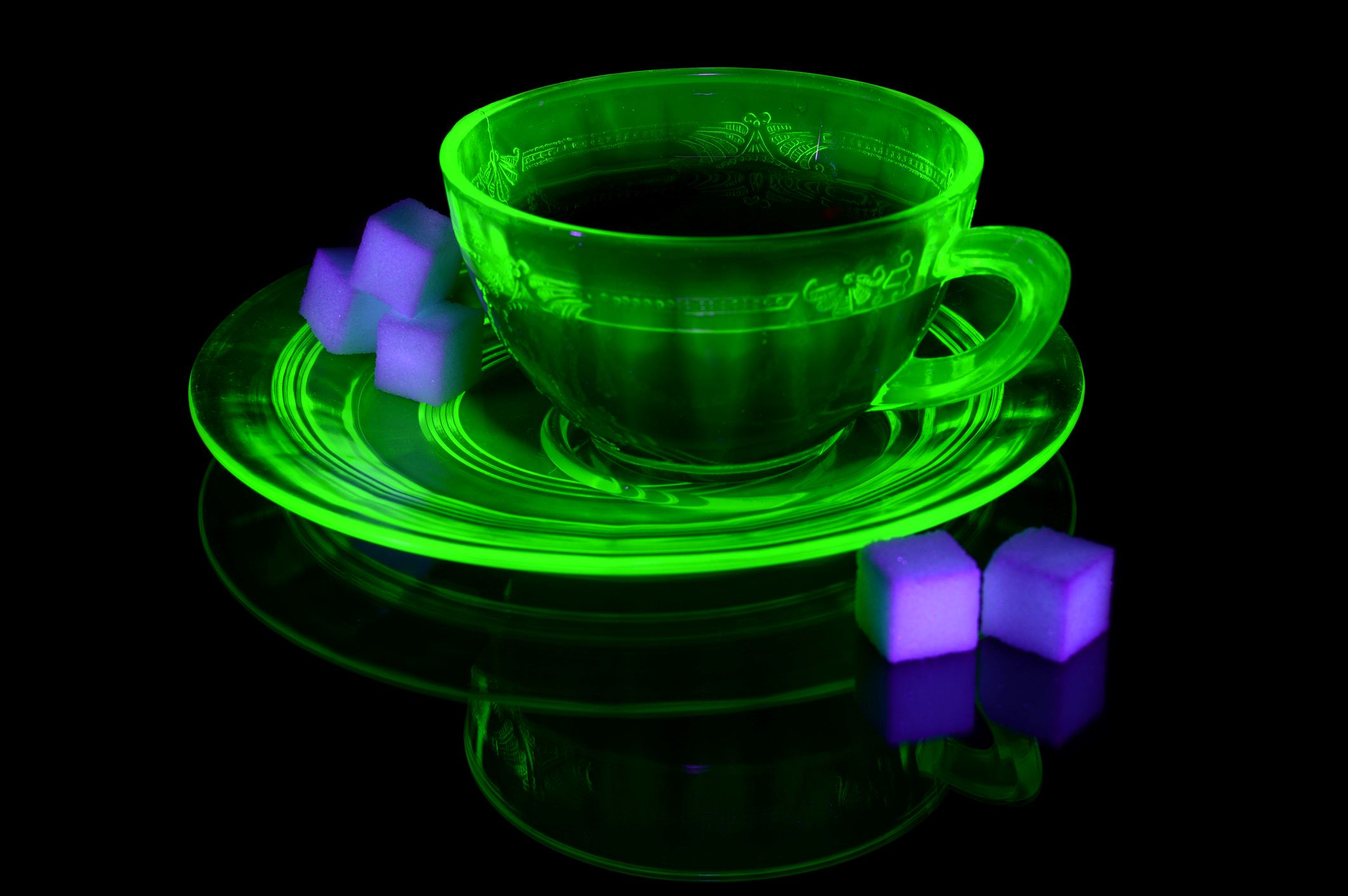
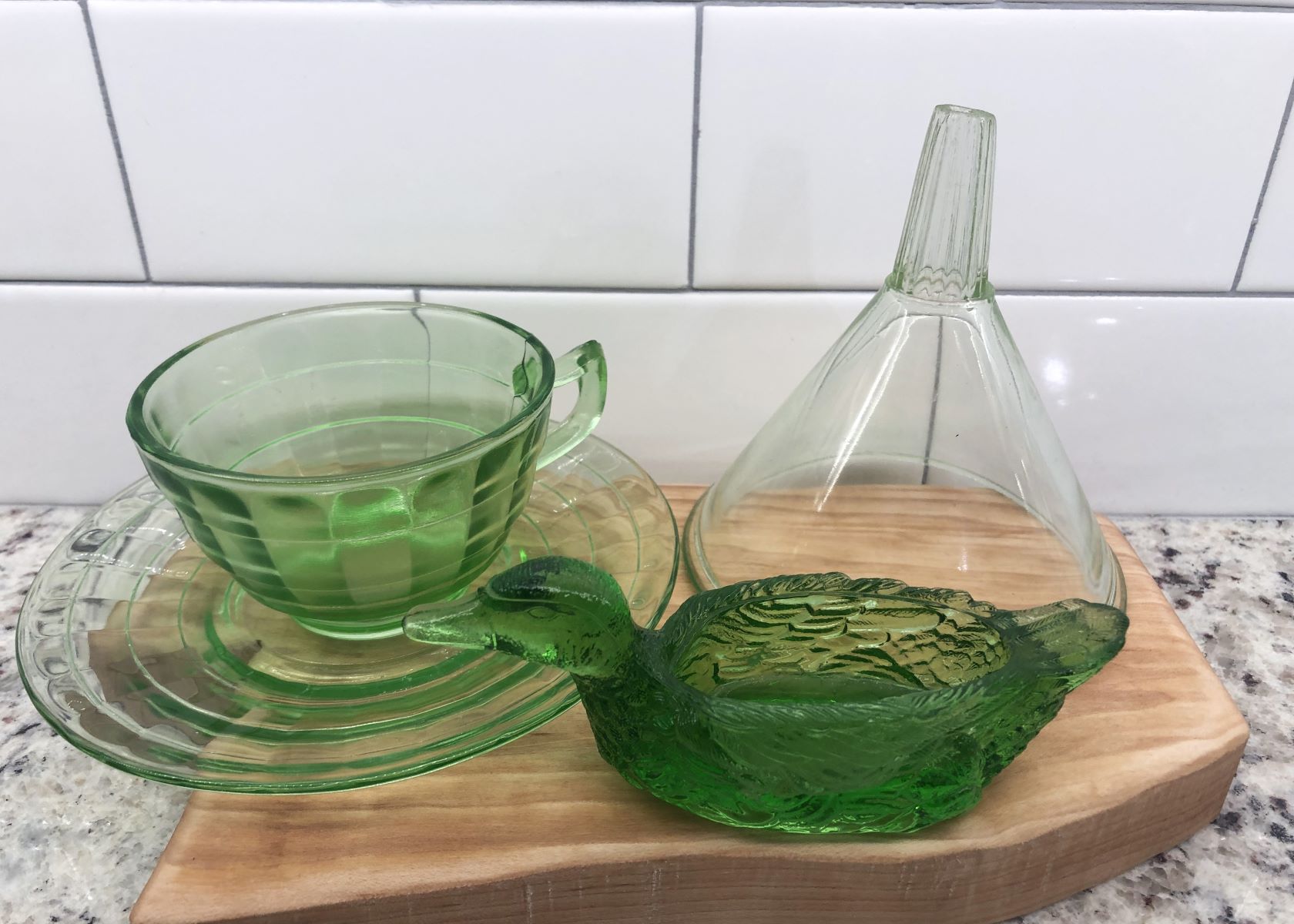
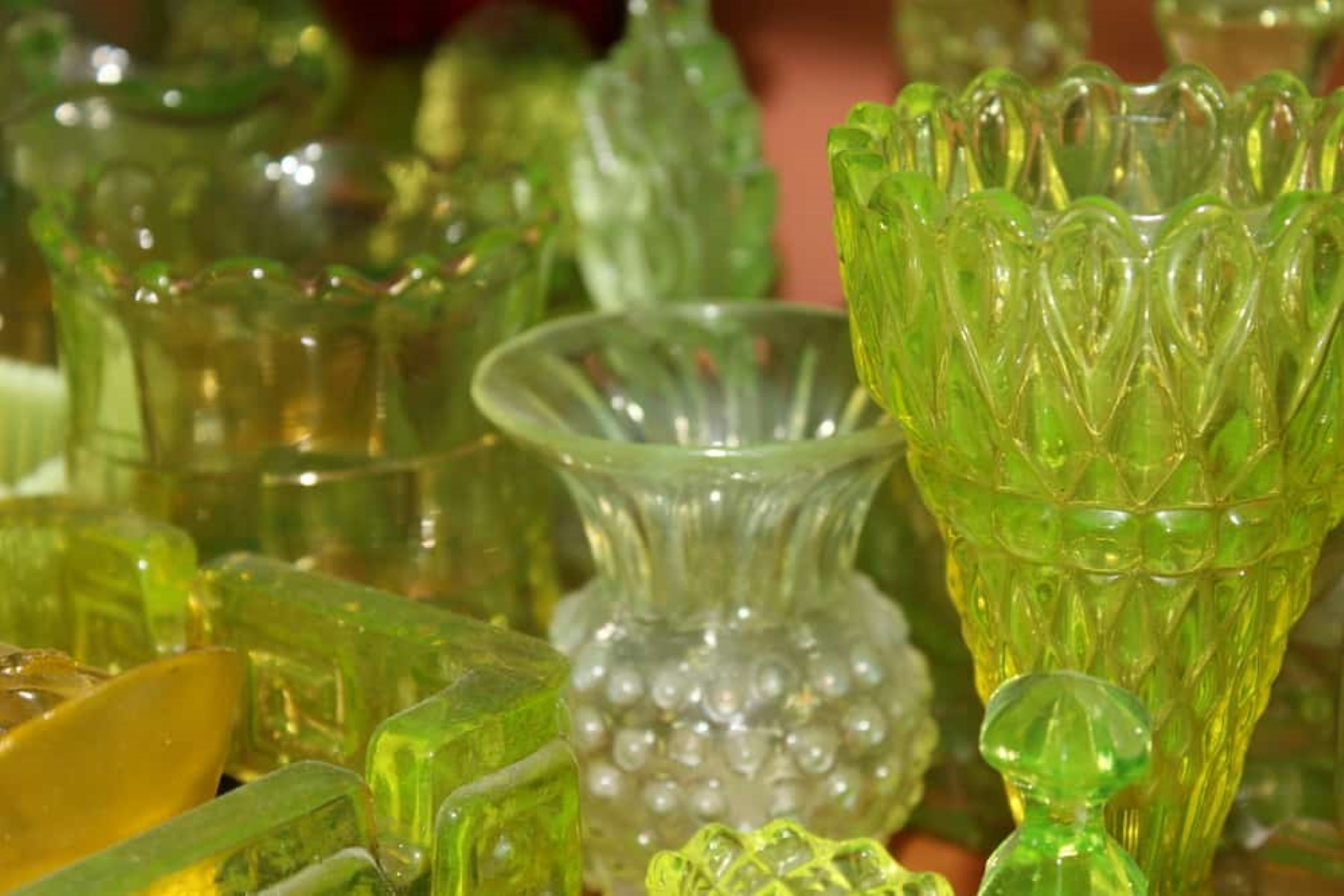
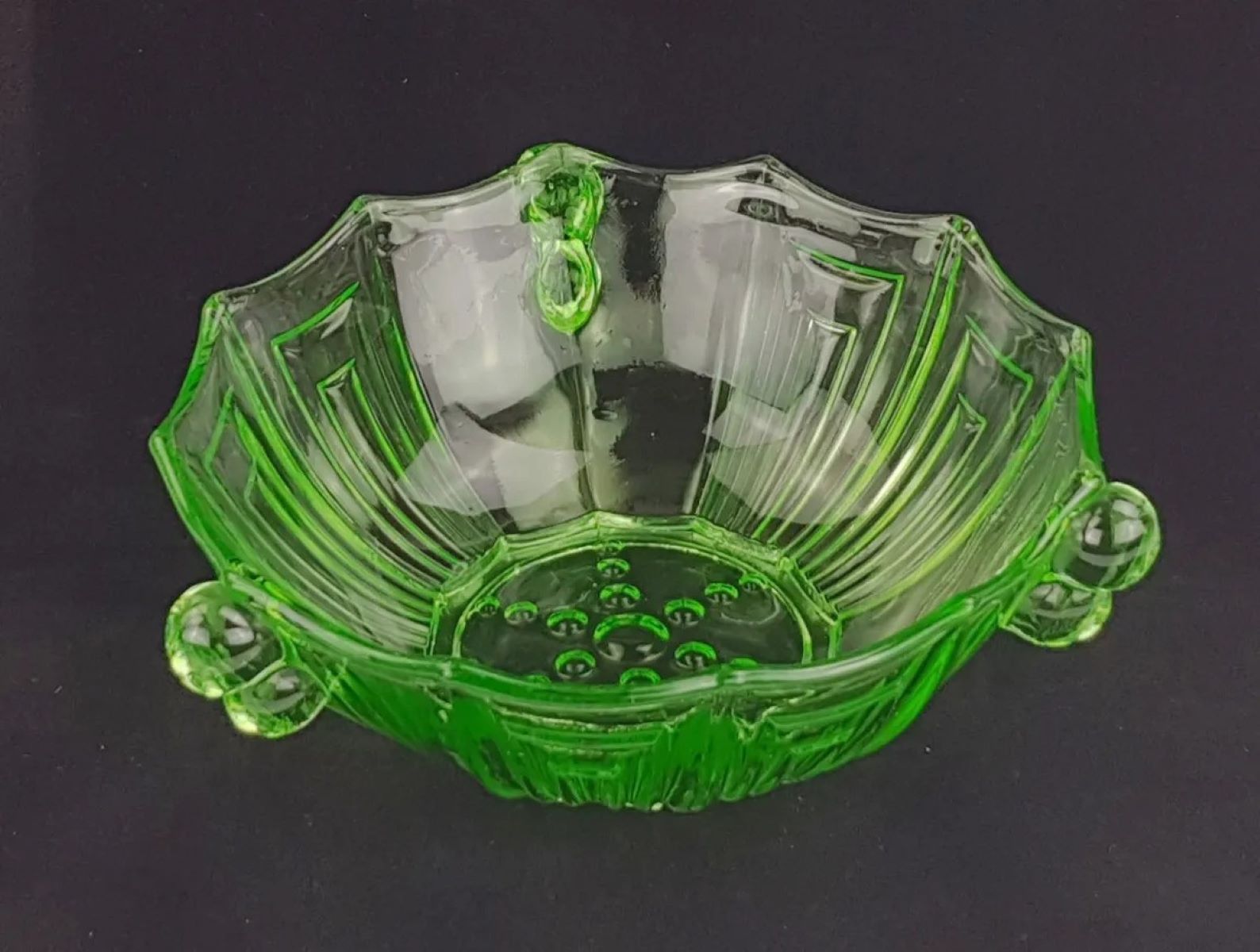
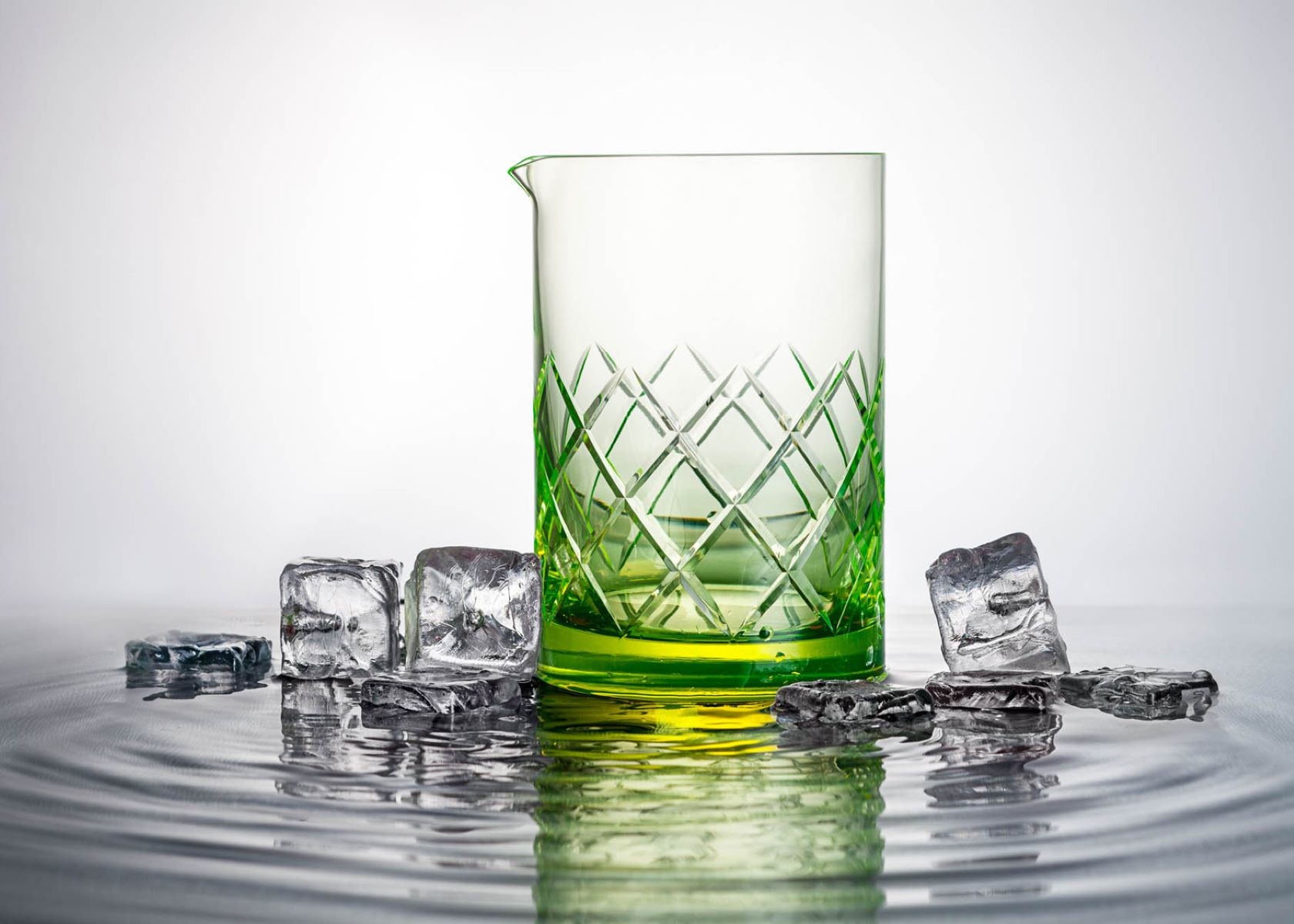
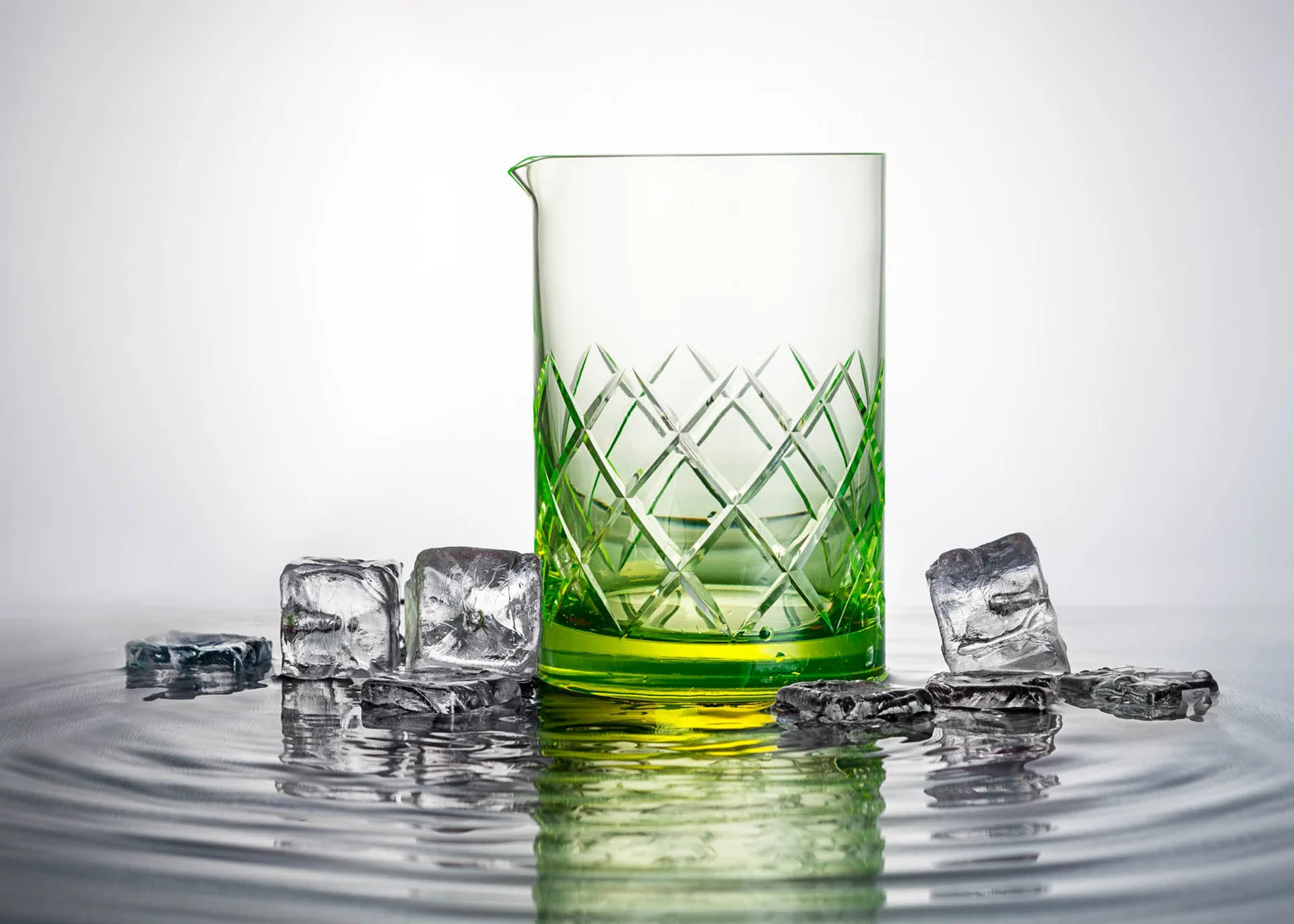
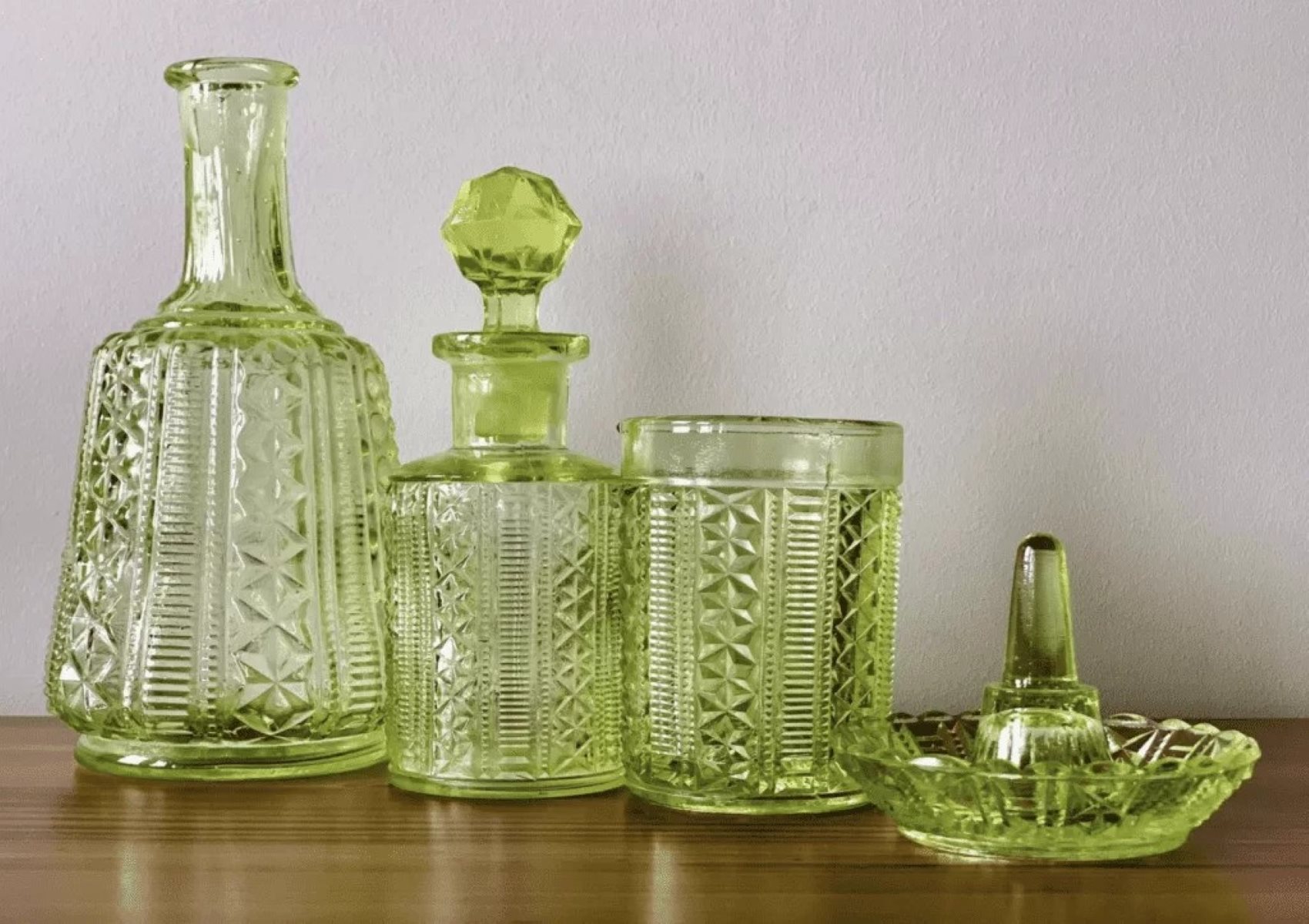
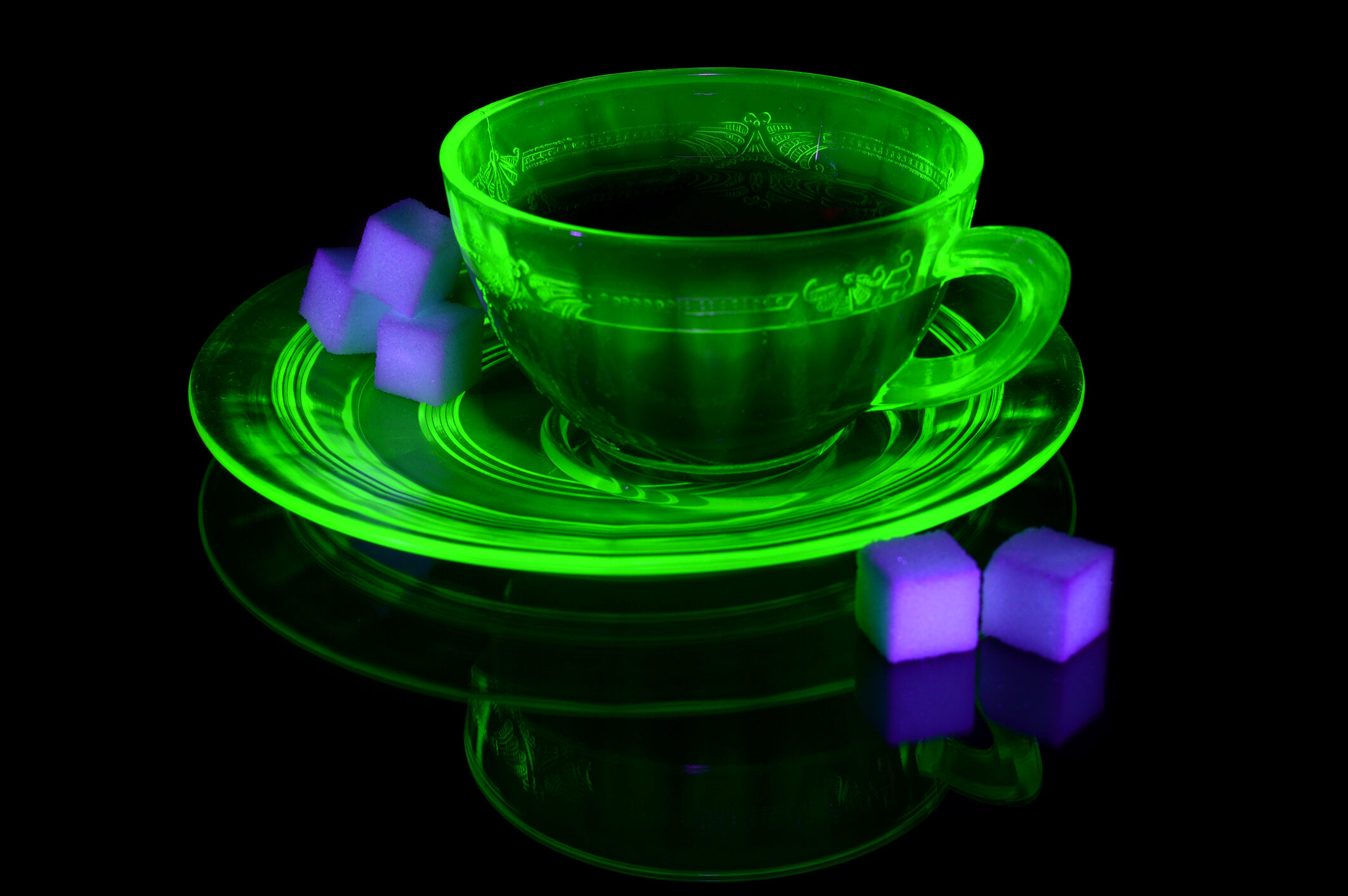
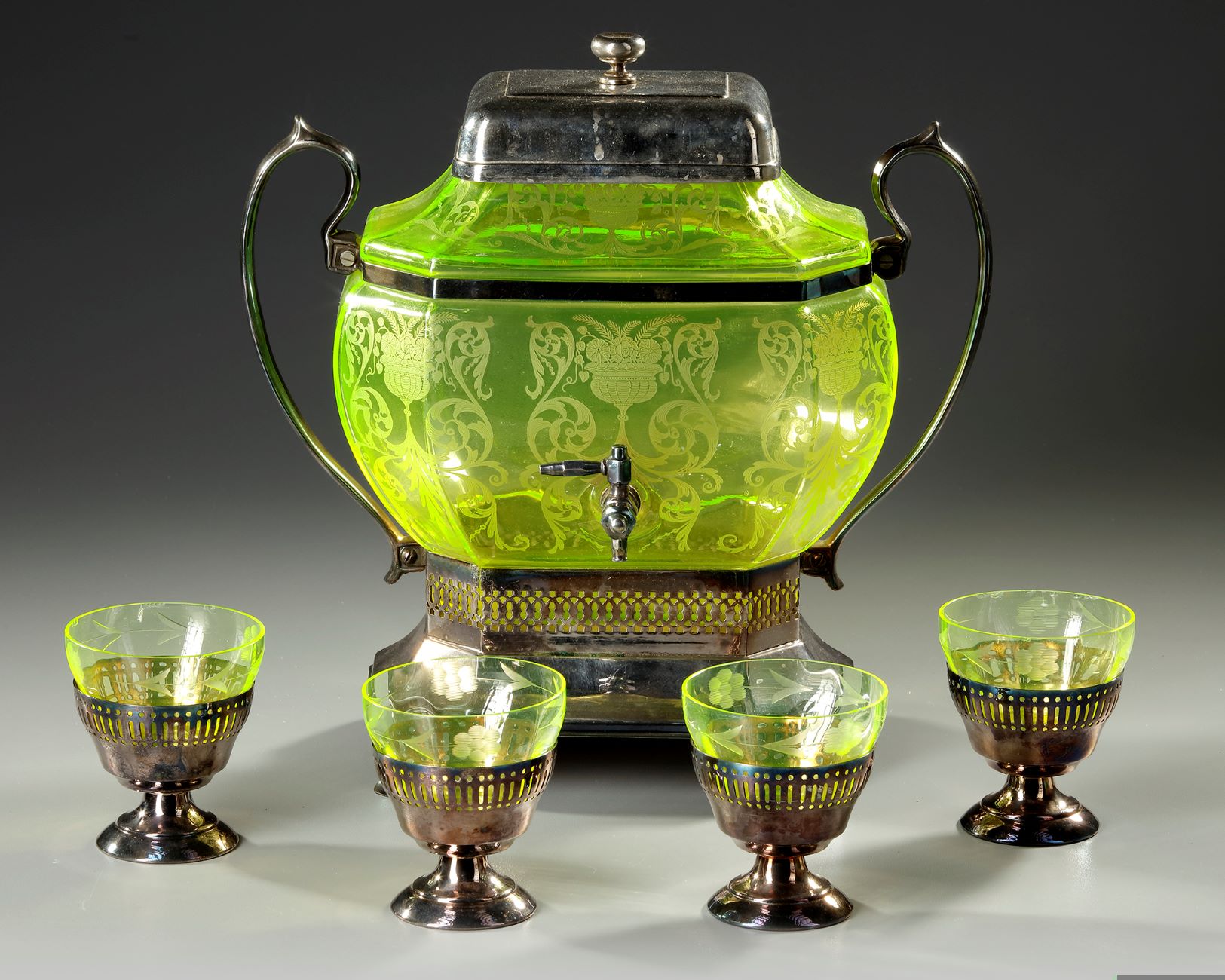
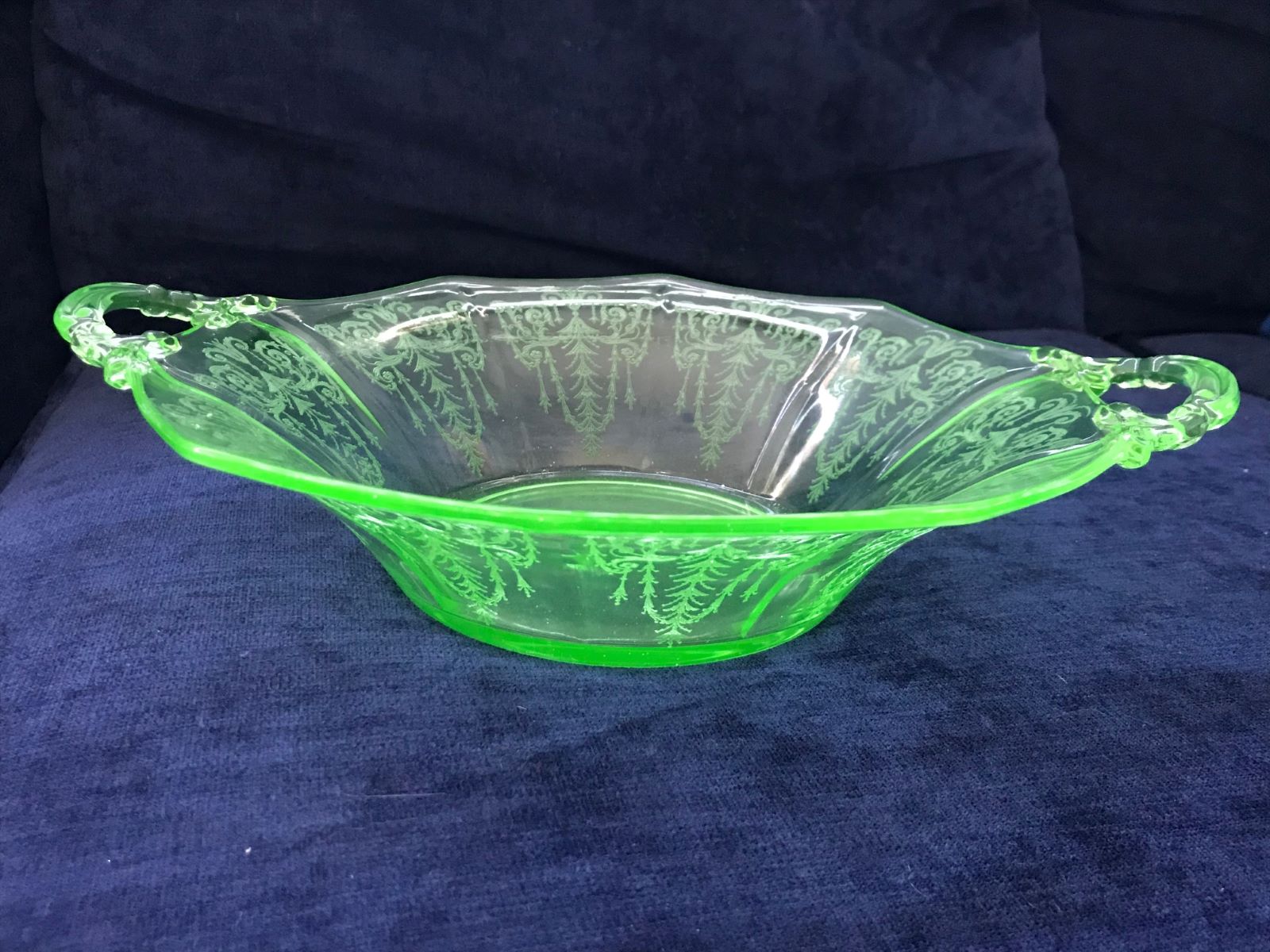
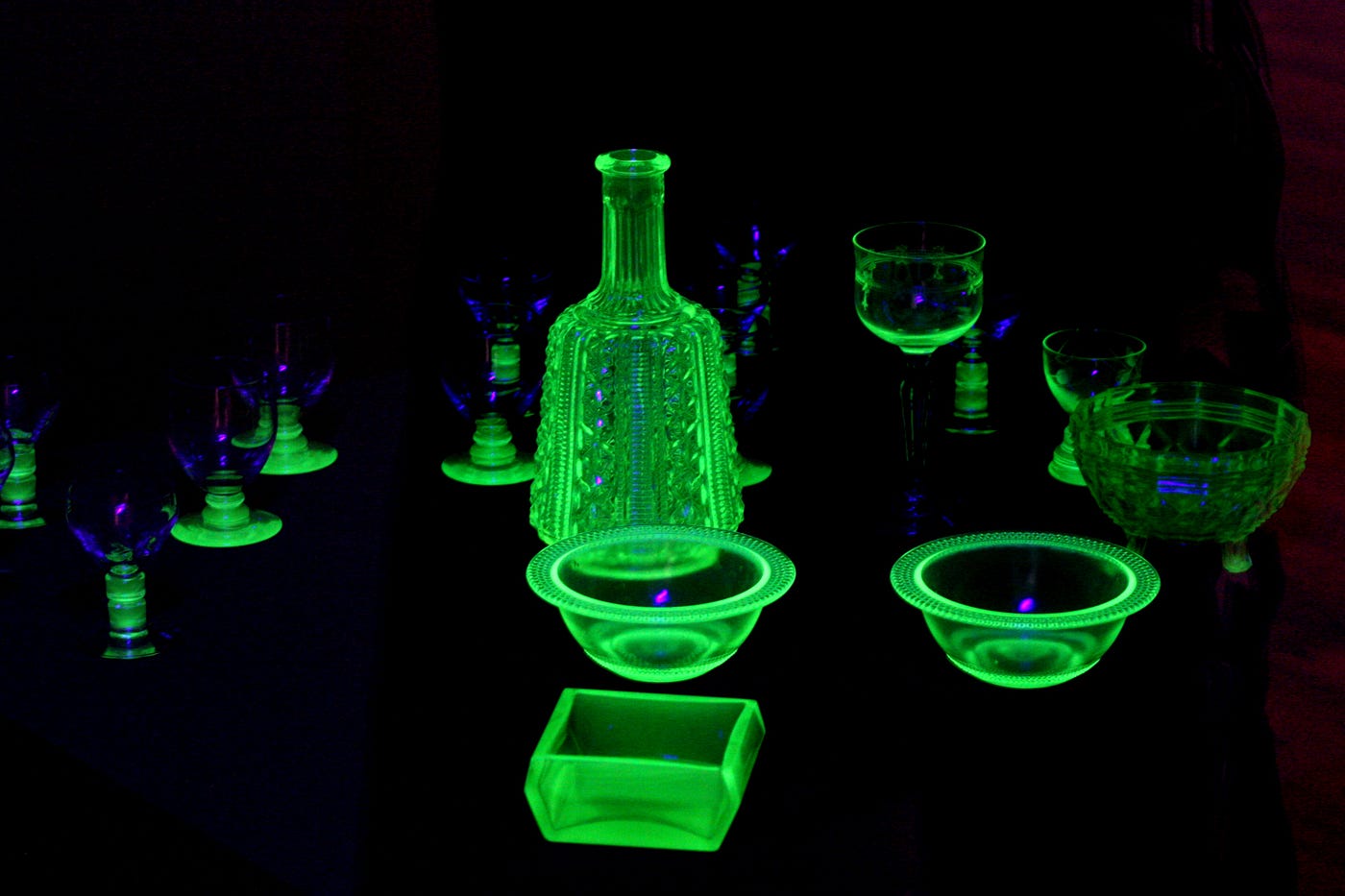
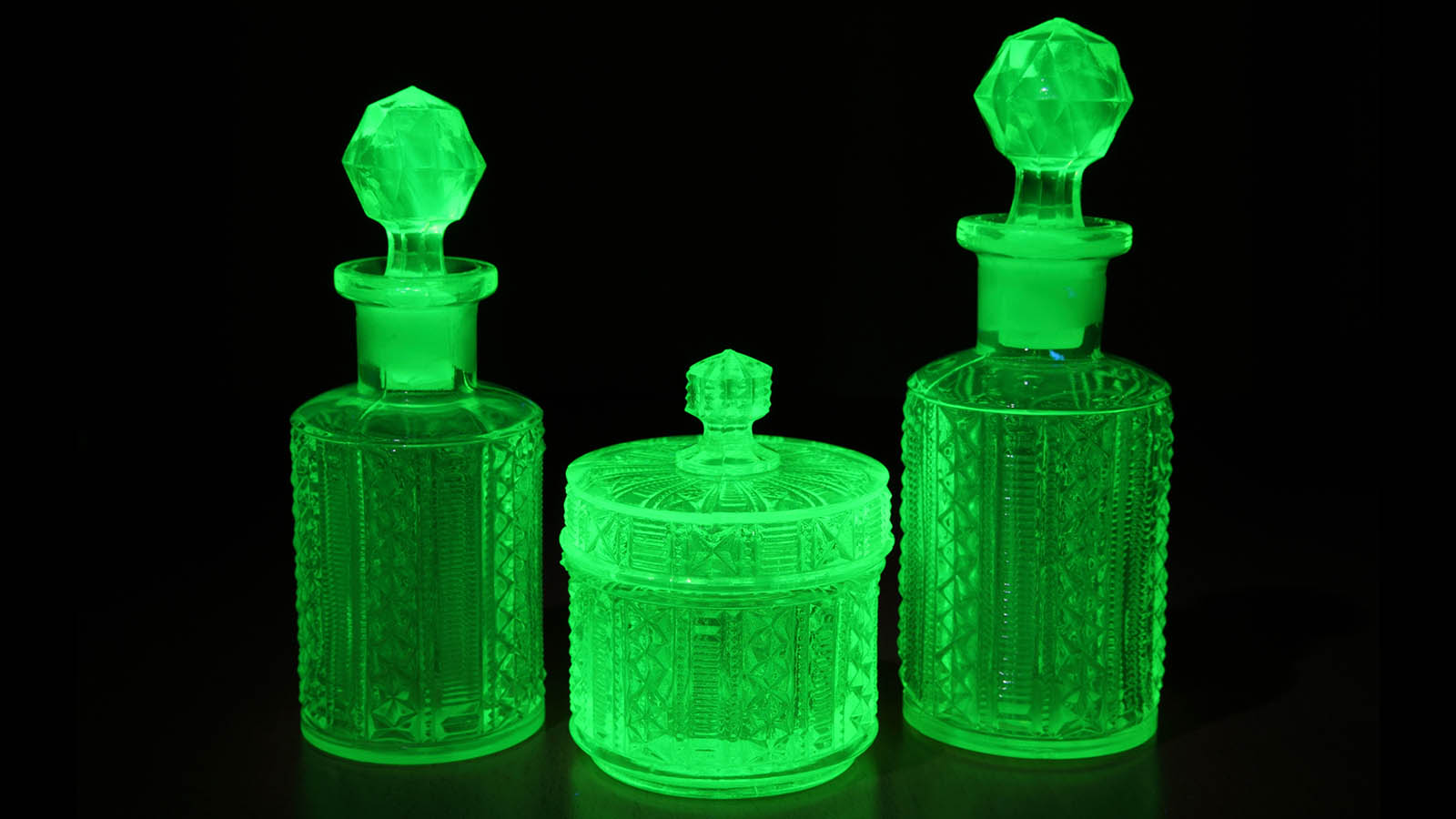
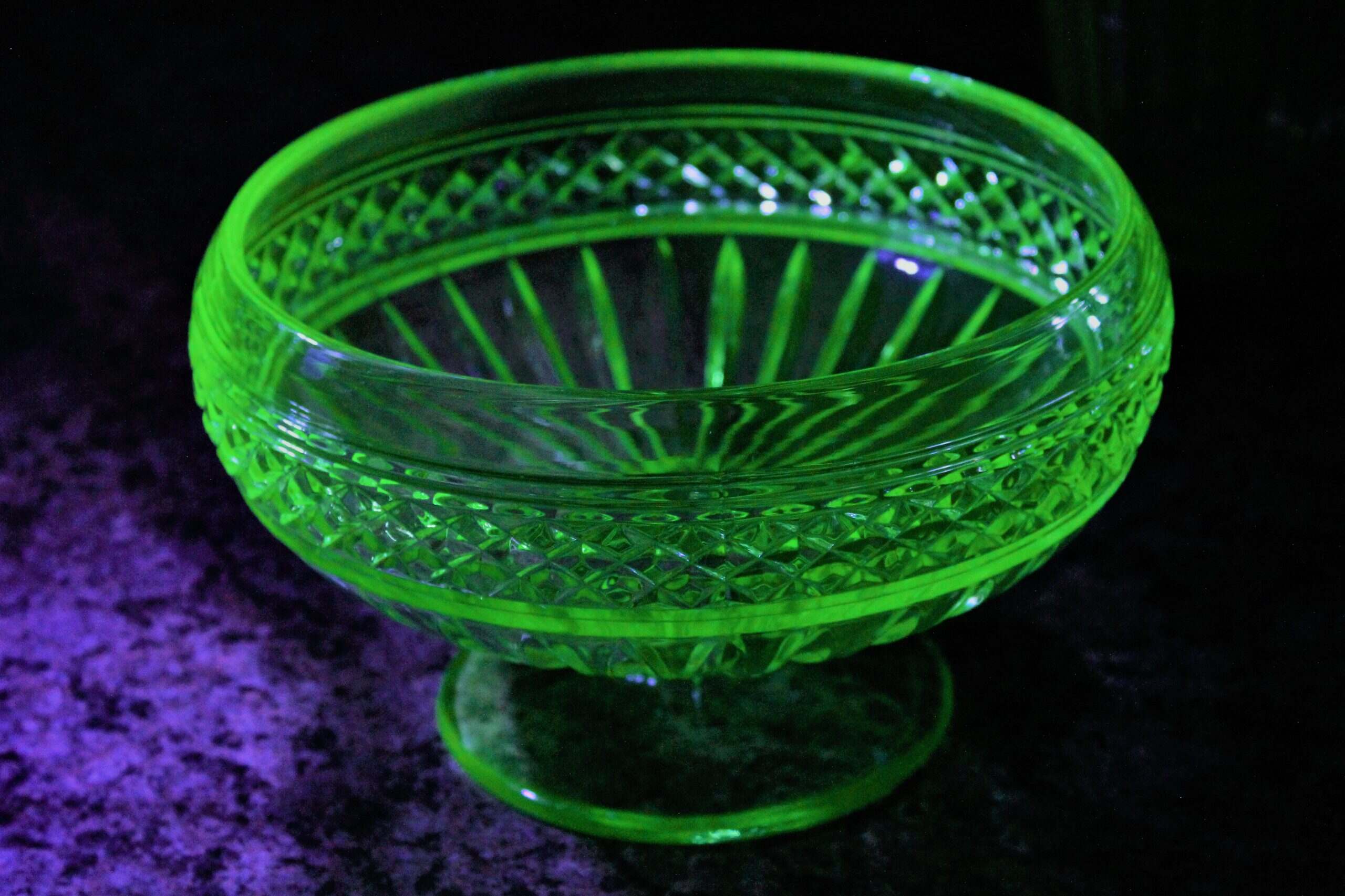
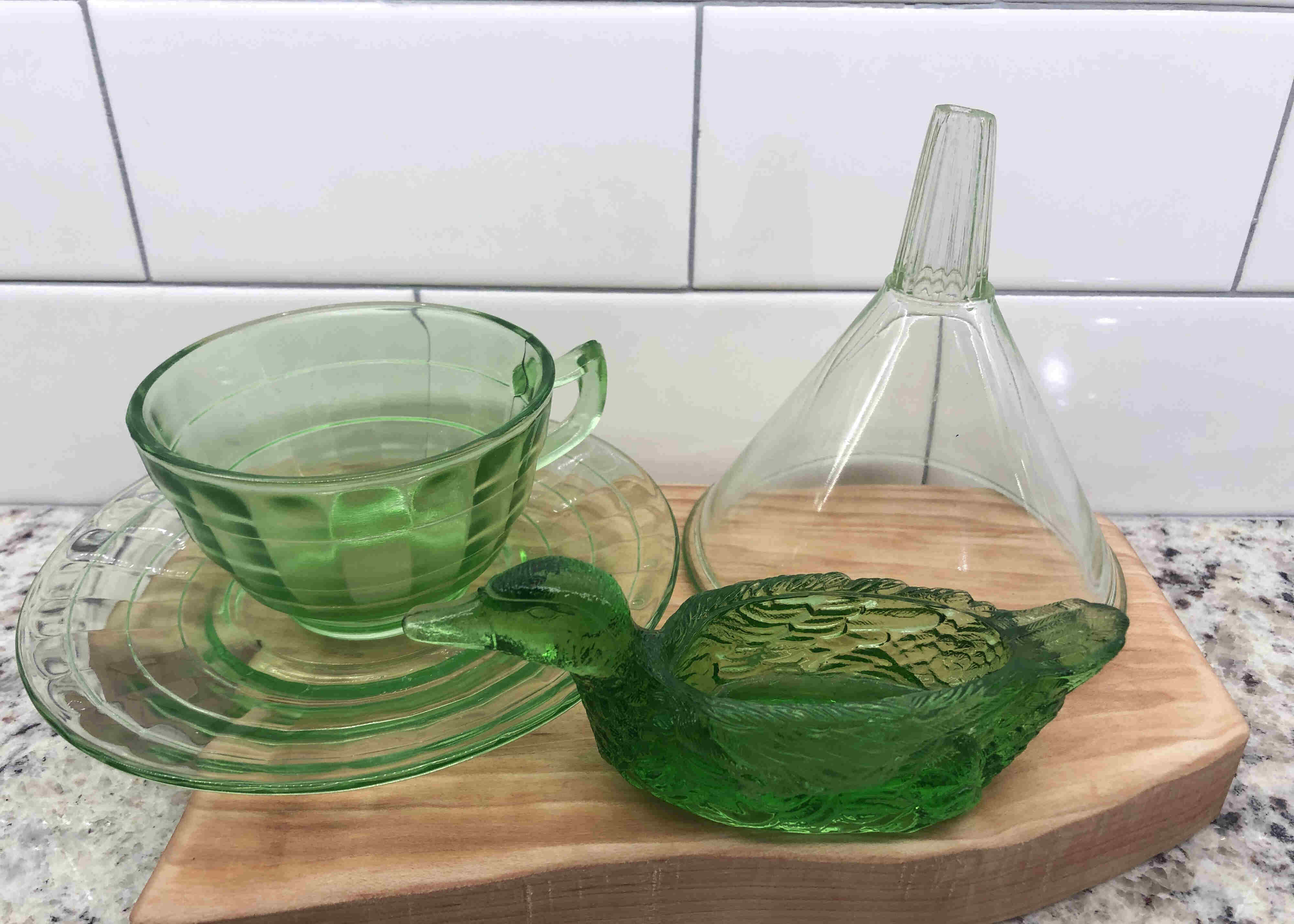

0 thoughts on “How To Date Uranium Glass”